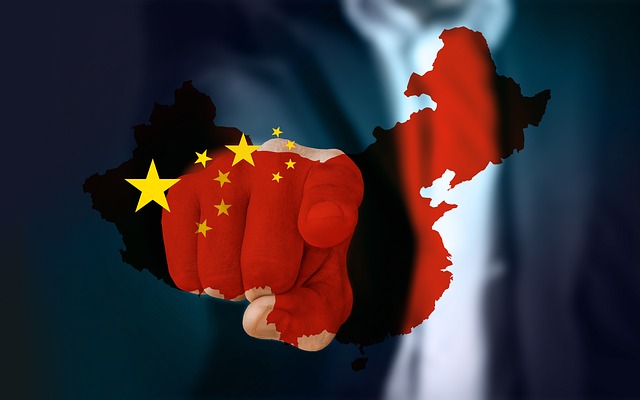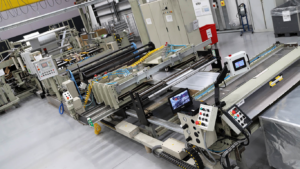As trade talks between China and the United States continue to falter, importers and exporters on both sides of the planet are reporting distress over new punishing tariffs imposed this month and more to come.
By the end of the year, virtually all goods purchased from China – about $558 billion – could be be slapped with higher trade taxes. China is expected to retaliate in kind.
Among those expressing concerns: manufacturers, retailers, exporters, women, and Target.
In fact, after more than a year of escalating rounds of tariffs, almost half of small businesses and Fortune 500 countries are reporting damage or uncertainty due to tariff wars.
“Tariffs imposed on imports from our biggest trading partners, especially China, may be reaching a tipping point where they have a serious impact on companies, consumers, and the wider economy,” the U.S. Chamber of Commerce states in a report that calls on the U.S. to come up with other tactics besides tariffs to deal with China’s predatory business practices.
Tom Donohue, President and CEO of the U.S. Chamber that represents 3 million businesses is calling on Washington to find better methods for dealing with China besides tariffs to “eliminate the uncertainty, rebuild business confidence and keep this economy working for all Americans.”
According to new figures from the Federal Reserve, uncertainty over trade policy is likely to reduce U.S. economic output by more than 1 percent in 2020.
As tariffs pile up…
As tariffs pile up, so does data that reveals that the trade war with China is hurting many sectors.
Here are the latest reports coming from the trenches:
Big business stressed: A new study by the U.S. Chamber of Commerce found that 43 percent of Fortune 500 executives raised or addressed concerns over the impact of tariffs and trade policy tensions in earnings calls since June 1.
Fortune 500 companies produce two-thirds of the U.S. GDP, generating $13.7 trillion in revenue and employing 28.7 million Americans, said the report.
Manufacturing and industrial firms mentioned tariffs the most frequently (64 percent) followed by retailers (58 percent) and technology firms (43 percent), the study shows.
Small businesses see danger ahead: Forty-five percent of small businesses say that the new tariff hikes will negatively impact their businesses, according to a new survey by Vistage Worldwide Inc. and the Wall Street Journal.
Economic confidence among small firms fell in August to the lowest level since November 2012, according to a monthly survey of more than 670 small companies. The portion of respondents that expect the economy to worsen over the next 12 months rose to 40 percent compared with 23 percent a year ago.
Target putting suppliers on notice: Target Corp. announced this month that it does not want to pass increased costs from tariffs on to shoppers. It expects suppliers to shoulder the load, according to a memo released Aug. 27.
In a memo to national brand vendors who import goods from China, Target’s chief merchandising officer, Mark Tritton, wrote that the company “will not accept any new cost increases” related to the new tax hikes.
Pinning hopes on renewed talks
While trade negotiations have failed repeatedly, both sides have agreed to try again in October. Chinese Vice Premier Liu is expected to meet next month with U.S. Trade Representative Robert LIghthizer and Treasury Secretary Steven Mnuchin.
A news report in the South China Morning Post Tuesday states that China is expected to agree to buy more American agricultural products in hopes of a better trade deal with the U.S. In return, China wants tariffs delayed.
Arizona relies on trade, tourism, students from China
If all the tariffs go into effect, it will add approximately $600 million to the cost of trade annually in Arizona, according to cost-estimating website, HowMuch.net, that studied data from the Bureau of Economic Analysis, the International Trade Commission and the U.S. Chamber of Commerce, to calculate the costs to each state.
China is one of Arizona’s top trading partners. Chinese tourists and students also are important to the state’s economy.
This story was originally published at Chamber Business News.




